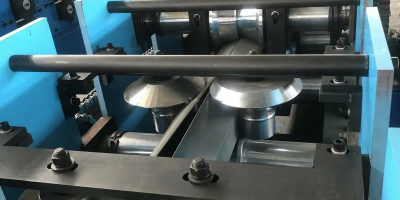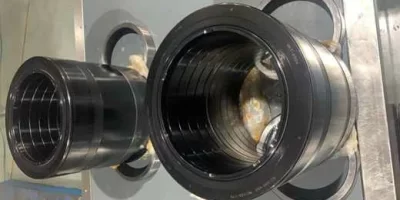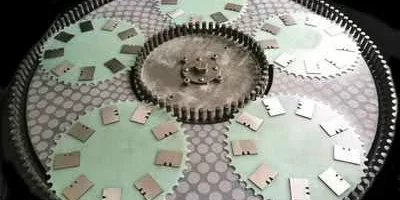Five-axis CNC milling is a highly advanced machining technique that allows for the precise creation of complex surfaces. Surface roughness optimization plays a crucial role in improving the quality of the milled parts, ensuring their functionality and aesthetics. In this article, we will explore various methods and practical applications of optimizing surface roughness in five-axis CNC milling.
1. Tool Selection and Cutting Parameters Optimization
The selection of appropriate cutting tools and optimization of cutting parameters are essential for achieving desired surface roughness in five-axis CNC milling. Different types of tools, such as end mills, ball mills, and drills, have unique geometries and material compositions, which directly impact the surface finish. Additionally, cutting parameters like feed rate, spindle speed, and depth of cut must be carefully adjusted to ensure smooth and precise milling operations.
2. Workpiece Fixturing and Machine Calibration
The proper fixturing of the workpiece and accurate machine calibration are crucial for minimizing vibrations and tool deflections during five-axis CNC milling. Vibrations can cause irregularities on the machined surface, resulting in poor surface roughness. To mitigate this issue, workpiece fixturing techniques, such as clamping, vacuum suction, or magnetic systems, should be employed. Furthermore, regular machine calibration and maintenance are essential to ensure the accuracy of the milling process.
3. Tool Path Optimization and Smoothing Algorithms
The tool path optimization plays a significant role in minimizing surface roughness in five-axis CNC milling. Strategies like adaptive feedrate control, spiral tool paths, and smooth transitions between cutting moves can effectively reduce tool marks and improve surface finish. Additionally, various smoothing algorithms, such as B-spline interpolation or NURBS (Non-Uniform Rational B-Splines), can be applied to further refine the tool path and achieve higher precision and smoother surface finishes.
4. Application: Aerospace Industry
The aerospace industry heavily relies on five-axis CNC milling to manufacture critical components with high precision and surface quality. Surface roughness optimization is of paramount importance in this field, as it directly affects the aerodynamic performance and structural integrity of aircraft parts. By implementing advanced tool path optimization techniques and utilizing state-of-the-art cutting tools, aerospace manufacturers can achieve superior surface finishes, reducing drag and enhancing fuel efficiency.
5. Application: Medical Industry
In the medical industry, five-axis CNC milling is widely used to produce intricate medical implants and prosthetics. Surface roughness optimization is crucial to ensure biocompatibility and patient comfort. By carefully selecting appropriate cutting tools and optimizing cutting parameters, medical device manufacturers can create implants with smooth surfaces, minimizing the risk of complications such as infections or tissue irritation. Additionally, the use of advanced smoothing algorithms can further enhance the aesthetics and functionality of prosthetic devices.
In conclusion, optimizing surface roughness in five-axis CNC milling is essential for achieving high-quality, functional, and aesthetically pleasing parts. By considering factors such as tool selection, cutting parameters, workpiece fixturing, machine calibration, tool path optimization, and smoothing algorithms, manufacturers can achieve superior surface finishes across various industries such as aerospace and medical. Continued research and development in this field will undoubtedly lead to further advancements, pushing the boundaries of precision machining.
.jpg)



